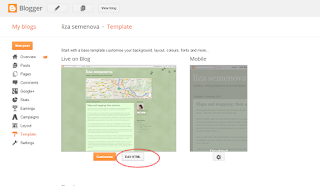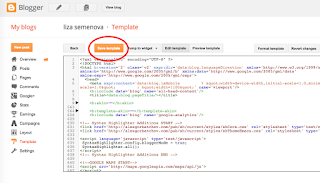If you are one of those extroverts who never had issues with friends and friendships and never had a mythical creature as a buddy, there is not much more for you in this post than the pictures (all not matching styles). Otherwise, you may also want to meet the tea dragon.
You meet him through a cup of properly brewed Oolong. First comes the warmth, then the smell, then the taste. Before the tea is over, the steam takes the shape of a baby-dragon, then it grows fast to swallow the entire room. This is the time to unleash the heartware and talk. To the dragon, to your mates, to yourself.
And so we did with my friends at their place in the German capital. We spoke with the tea dragon heart-to-heart. Coincidentally, that was St. Valentine's. There was so much love in the air, that even old political leaders were kissing (Captured on the picture below. Maybe they do so frequently, but I did not see them on any other day). Therefore, it was the perfect moment to theorize about friendships and other -ships.
I have a theory about friendship-phobia. Individuals with this condition
1. intentionally do not behave friendly,
2. avoid contacts with old friends,
3. do not respond messages for years even if they sometimes dream of how nice it could be to re-connect,
4. do not talk when they meet someone, only listen and walk by their side,
5. can only spend time together in a structured way when the roles are clear.
While making my experiences in Berlin outside of the house I couldn't stop contemplating -ships and -phobias. The peculiar slicing of places, atmospheres and folks within a very short time were bizarre but very comforting and representative of my social preferences.
I touch a warm clay tea cup and hear the dragon (yes, they also know how to count):
1. make friends,
2. keep friends,
3. spend time together,
or chose not to.
Sincerely yours frienship-phob,
enjoy the pictures!
You meet him through a cup of properly brewed Oolong. First comes the warmth, then the smell, then the taste. Before the tea is over, the steam takes the shape of a baby-dragon, then it grows fast to swallow the entire room. This is the time to unleash the heartware and talk. To the dragon, to your mates, to yourself.
And so we did with my friends at their place in the German capital. We spoke with the tea dragon heart-to-heart. Coincidentally, that was St. Valentine's. There was so much love in the air, that even old political leaders were kissing (Captured on the picture below. Maybe they do so frequently, but I did not see them on any other day). Therefore, it was the perfect moment to theorize about friendships and other -ships.
The dragon said, it was natural for people in your life to come and go. He said, making friends sometimes required pushing oneself out of the comfort zone - stepping out of the corner, saying a 'hi' first and lifting the edges of your lips; keeping friends took effort - calls, messages, thoughts, any sort of connection; spending time with friends needed planning, negotiation and time itself. The dragon spelled out, that the reward was high because friends made your family of choice. If one didn't have capacity to support their -ships, this was a choice too.
I have a theory about friendship-phobia. Individuals with this condition
1. intentionally do not behave friendly,
2. avoid contacts with old friends,
3. do not respond messages for years even if they sometimes dream of how nice it could be to re-connect,
4. do not talk when they meet someone, only listen and walk by their side,
5. can only spend time together in a structured way when the roles are clear.
While making my experiences in Berlin outside of the house I couldn't stop contemplating -ships and -phobias. The peculiar slicing of places, atmospheres and folks within a very short time were bizarre but very comforting and representative of my social preferences.
I touch a warm clay tea cup and hear the dragon (yes, they also know how to count):
1. make friends,
2. keep friends,
3. spend time together,
or chose not to.
Sincerely yours frienship-phob,
enjoy the pictures!




